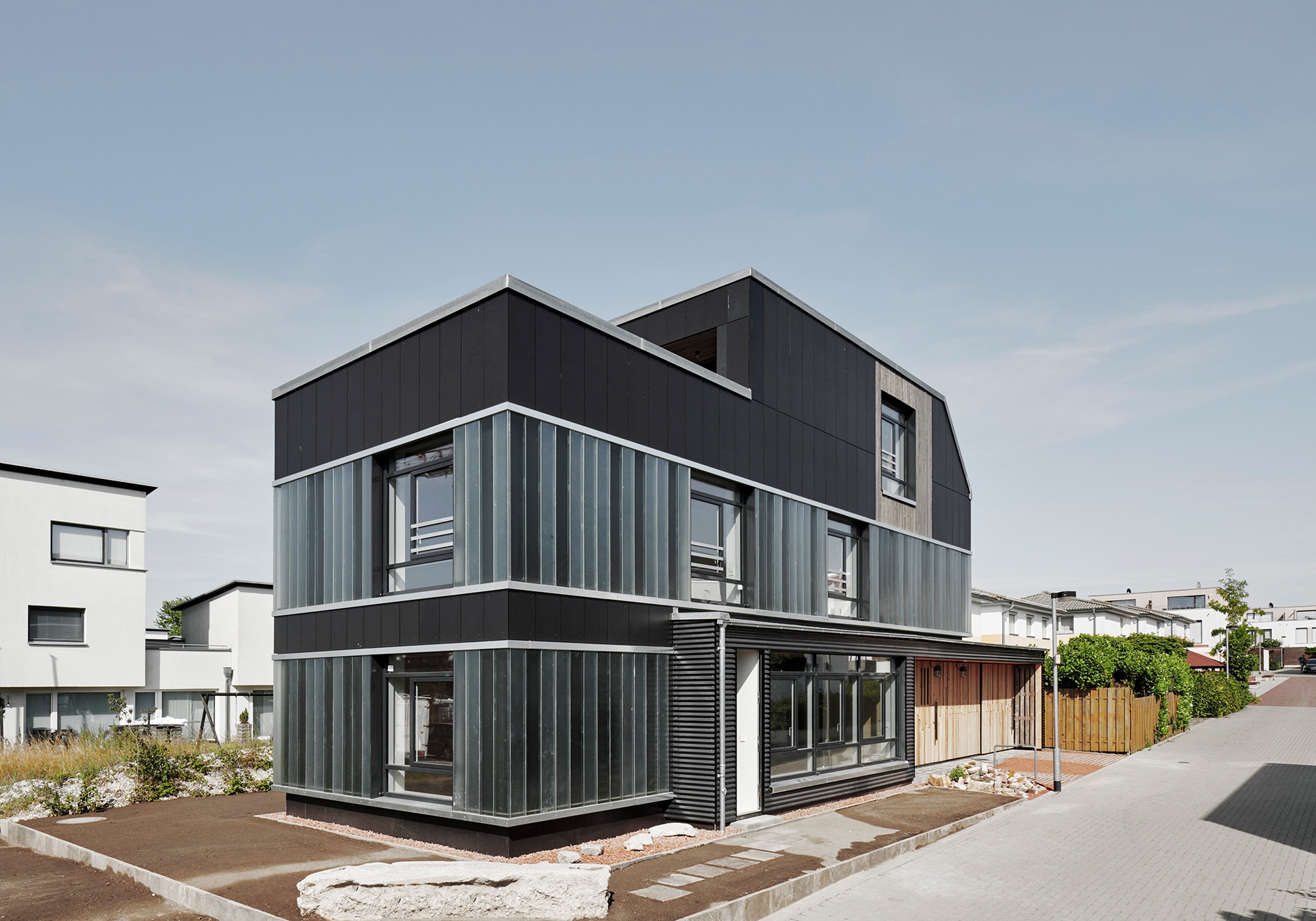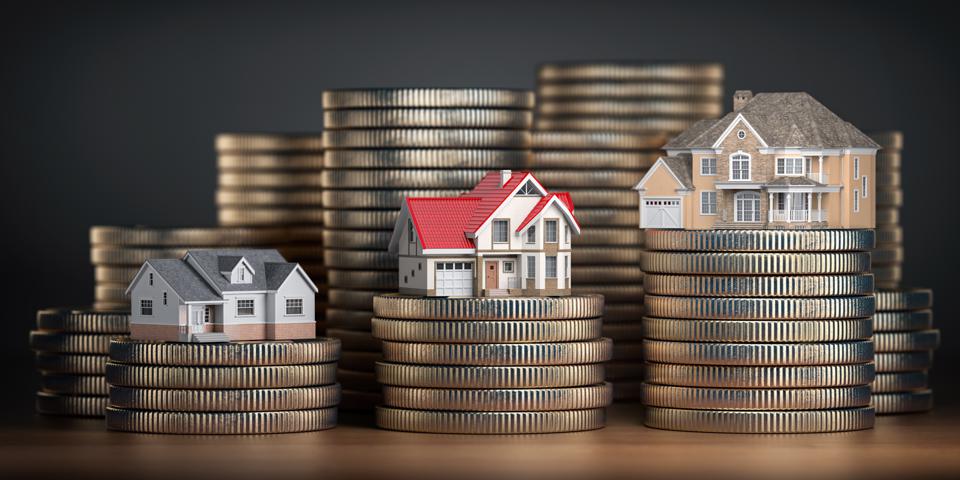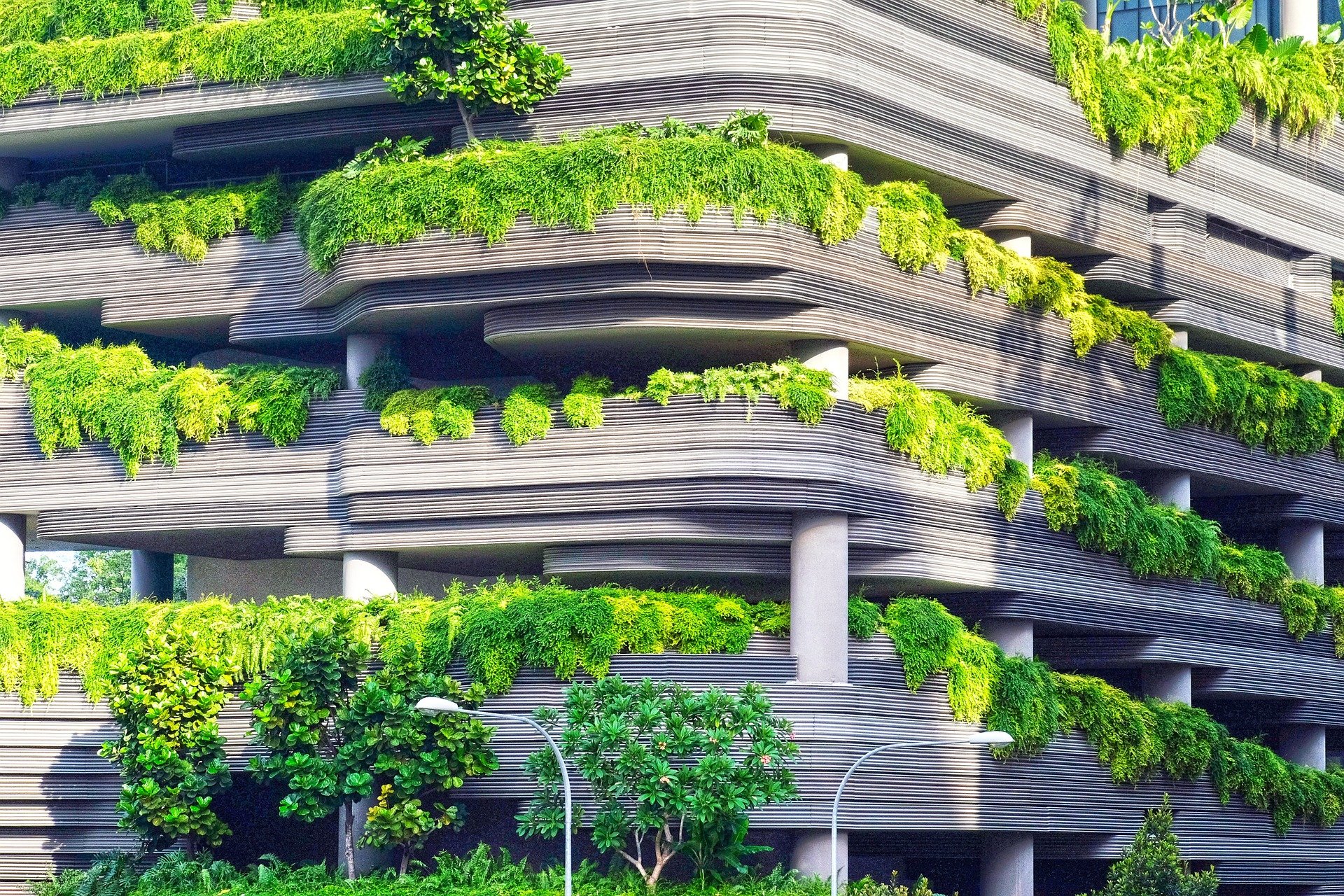Do you know about real estate recycling? Today, we explain how it works and what are the characteristics of this new urban practice.
Recycling: is the repeated action of subjecting a used material to the same cycle to extend or improve its use, effects and duration.
Another definition of recycling is that professionals in one sector are trained or develop information in another sector or work speciality.
Recycling does not only refer to giving a second use to materials, it also covers the transformation or change of work. In this sense, this new change or second use is also applicable to the real estate sector.
What Is Real Estate Recycling?
Most people are familiar with the recycling of plastic and materials we throw away, but real estate recycling exists and is gaining more and more ground in the construction industry. But what exactly is real estate recycling? In a nutshell, real estate recycling is about giving buildings a second life or use in new homes and housing.
Real estate recycling is also known as redevelopment, which is building on a property that was already in use. The term redevelopment can also refer to properties that are developed even though they were never used at some point in the past.
In other words, it is about giving a second life or opportunity to urban or industrial properties that have become obsolete, empty or underutilized, in which case it is intended to give them a new use.
The 3 Stages of Real Estate Recycling
Recycling occurs when new construction is added to a previously occupied property or when the property’s structures need to be renovated.
To accomplish this renovation or re-housing, three steps must be completed, which are as follows:
1. An environmental site assessment.
2. An intervention action plan for the new uses and functions of the property.
3. Supervision, feasibility and study of the construction project in question.
Examples of Redevelopment or Recycling of Real Estate
There are many places or sites that were born with one or more functions but are no longer used today.
To do this, a kind of strategic reform or recycling is carried out to adapt it to its new use. Be careful, it is not about making new buildings with recycled materials, but to give new life to properties in homes that were not previously.
For example:
- Turning auto shops or industrial warehouses into luxury homes or multiple properties.
- Rural projects that include the rehabilitation of hermitages or church buildings into rustic constructions.
- Stables, farms, mills converted into hotels or rural homes.
The possibilities of giving a new use to a rural or urban property that has no life are endless.
Advantages of This New Real Estate Model
There are many benefits of applying real estate recycling on a large scale in a country, below we will tell you what are the most important ones:
- Regarding global warming, real estate recycling helps to reduce the carbon footprint by decreasing air and water pollution. On the other hand, energy consumption is reduced, which leads to a decrease in greenhouse gas emissions.
- It reduces the use and expenditure of new raw materials and avoids the waste of materials that can be reused.
- In addition to being a model of sustainable and circular economy, this type of project allows great possibilities of designs, styles and customization of the same.
- It helps to rejuvenate the appearance of uninhabited areas, thus increasing the industrial fabric and population in places devoid of life.
- It is an investment system suitable for all types of pockets, not only for high-end premises and premises with limited budget. Of course, a thorough investigation is required to find premises that fit the needs of a small investor.
- Modern and creative. Real estate reuse projects offer a wide range of designs and styles, allowing a space to be given a new look from an architectural standpoint.
- It is possible to adapt these spaces with works and prefabricated structures. For example, large premises that do not have space problems can accommodate sea containers inside.
- Exclusivity and structural advantages. Think that not everyone can say that they live in a property that was previously a workshop or business. In addition, since they are habitable properties, you need to ensure that they comply with the current legislation that ensures that they are insulated and comfortable to live in.
There you go! You now know more about real estate recycling and can do that to give your building a second life or use in new homes and housing. What do you think about this concept? Let us know your thoughts in the comments below.



